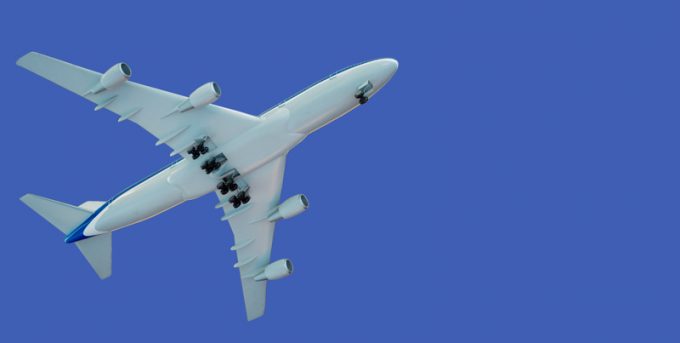Avianca Cargo Mexico the latest in a wave of new airfreight partnerships
In a period where freighters are searching the world for volumes, and the air cargo ...

Airfreight rates have fallen to their lowest level since the pandemic began, according to the latest figures from both Xeneta and Tac Index. And signs of a peak have all but vanished, according to Clive Data Services.
Xeneta noted that the global rate was $2.19/kg in ...

Comment on this article